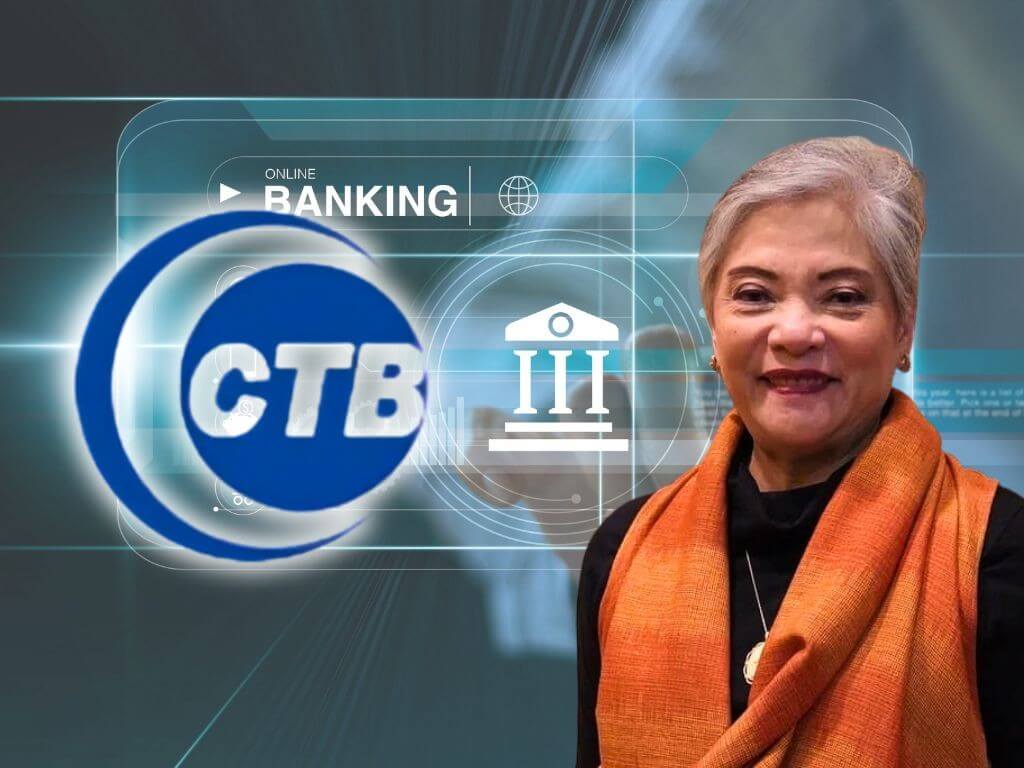

Insider Spotlight:
The big picture:
CTB aims to bridge traditional financial services with digital readiness, ensuring thrift banks remain vital providers of financial access in communities across the country.
Driving the shift:
CTB continues to champion digital transformation, especially for smaller banks with resource constraints. Many members have already upgraded their digital infrastructure, adopted cybersecurity protocols, and offered digital literacy programs.
Partnerships with fintech firms and low-code platform providers are enabling thrift banks to roll out customized digital services more efficiently.
Why it matters:
As convention co-chair Jaime Valentin L. Araneta stated, "Hybrid banking empowers us to meet customers where they are, offering flexibility, security, and choice." This ensures relevance for both longtime clients and the emerging generation of digital-first customers.
Araneta emphasized that "Resilience today must mean more than recovery and stability. It must also mean agility- the capacity to anticipate change, adapt swiftly, and deliver real-time service in the face of disruption."
What's next:
CTB will remain active in shaping policies that support operational sustainability and innovation. They have played a key role in the Bangko Sentral ng Pilipinas (BSP) technical working group on the Standard Business Loan Application Form (SBLAF), which streamlined loan processing.
CTB president Mary Jane A. Perreras noted, "Through our quarterly engagements with the BSP's bank supervision policy committee, we continue to advocate for regulatory adjustments that reflect the realities of thrift banks, including the proposed lowering of the minimum liquidity ratio from 20 percent to 16 percent."
Capacity-building and policy dialogue remain central to CTB's agenda, with a focus on contributing to inclusive economic development.
— Edited by Daxim L. Lucas